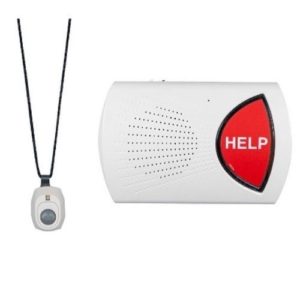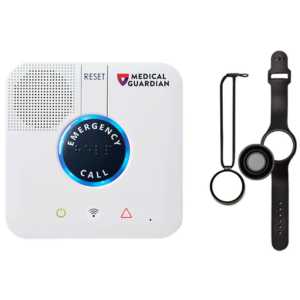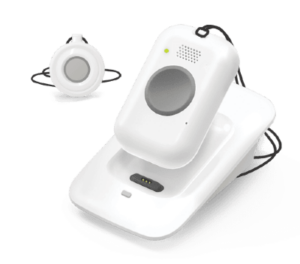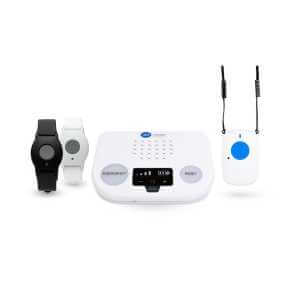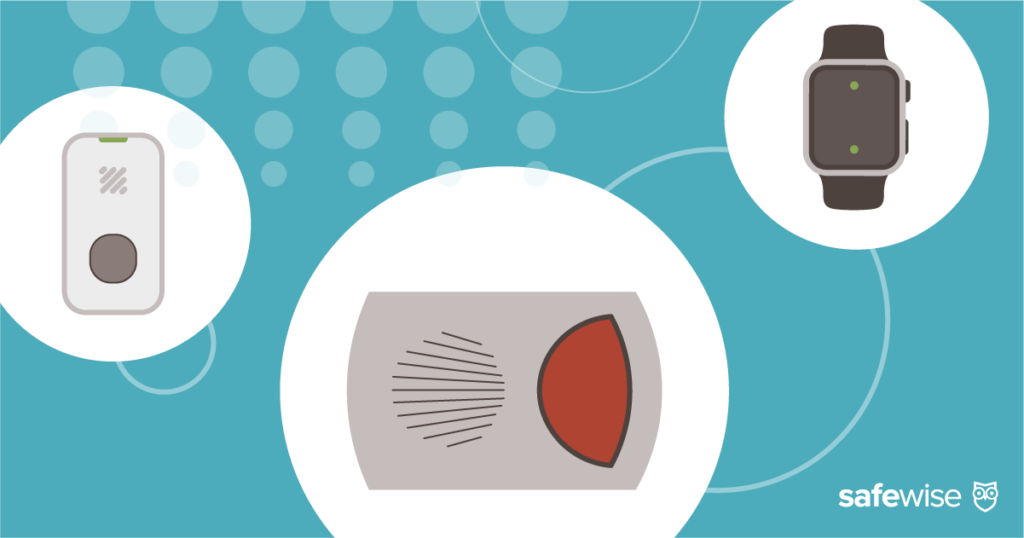The cost of a medical alert system may limit your selection. Expect to pay out of pocket, since most Medicare plans don’t cover medical alert devices.
Decide what your monthly budget is and how much you're willing to spend upfront on equipment and activation fees. There’s a lot to consider, so we’ll break it down for you and suggest companies along the way.
If you don’t have much to spend up front, you may want to lease your medical alert devices rather than buy them outright.
Just try not to lose, drop, or otherwise damage the equipment—you’ll be expected to pay anywhere between $250 and $600 for it once you cancel the service if it’s not returned in tip-top condition.
Most medical alert companies lease out their in-home systems, but it’s a little harder to find mobile devices available for lease. Try LifeFone or MobileHelp.
There’s a catch, though: you’ll pay less per month if you buy mobile devices upfront from a company like Aloe Care Health or Bay Alarm Medical. Check out the comparison table below to compare the short-term and long-term costs of mobile devices that are bought vs. leased.
Watch out for extra fees when enrolling in a service plan.
- Activation fees run between $35 and $50.
- Installation fees may cost between $20 and $100. (To be fair, we’ve seen only one company actually charge an installation fee—Lifeline.)
- Shipping fees usually vary by location, but some companies charge a flat rate. Expect to pay between $10 and $20.
You’ll also come across optional upcharges during the checkout process. Make sure you remove or decline anything you don’t want to pay for. We’ll go into more detail about choosing the best accessories and services below, but for now, be aware that companies may ask you to enroll in an extended warranty plan for $1 to $7 per month.
Finally, be prepared for cancellation costs.
- Cancellation or restocking fees may cost an extra $35 to $50.
- Return shipping is an out-of-pocket expense.
- Lost or damaged equipment fees—which only apply to leased equipment—tend to cost between $250 and $600
Lifenet and Aloe Care have some of the most straightforward pricing structures on the market.






